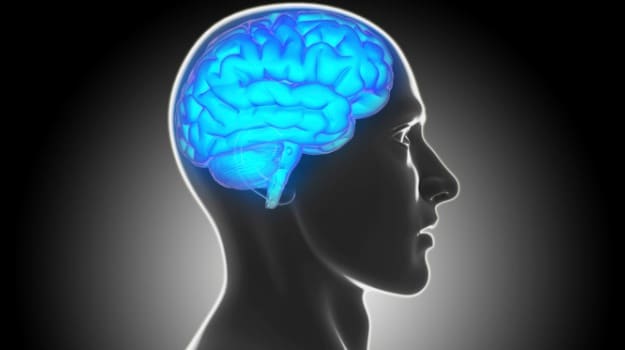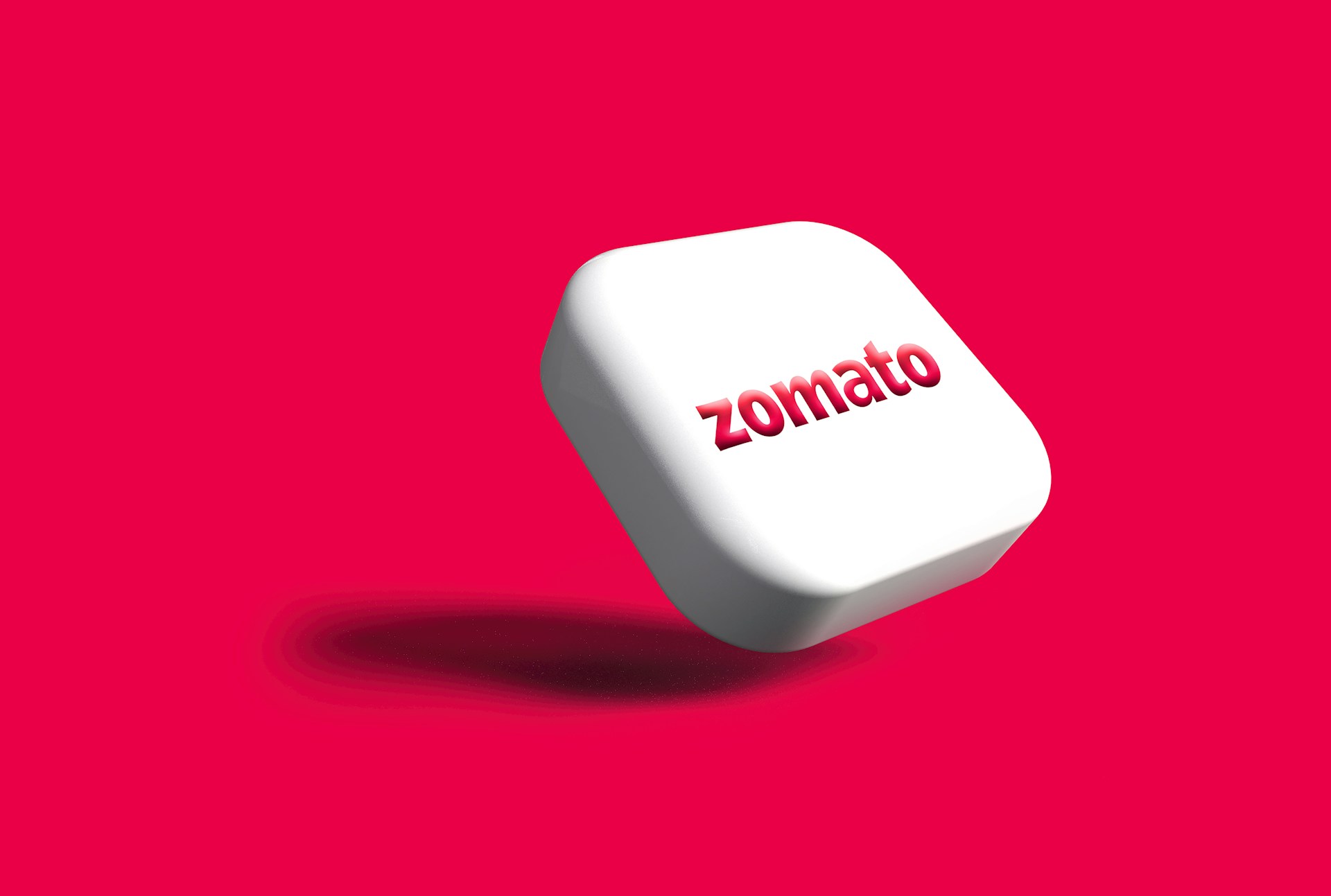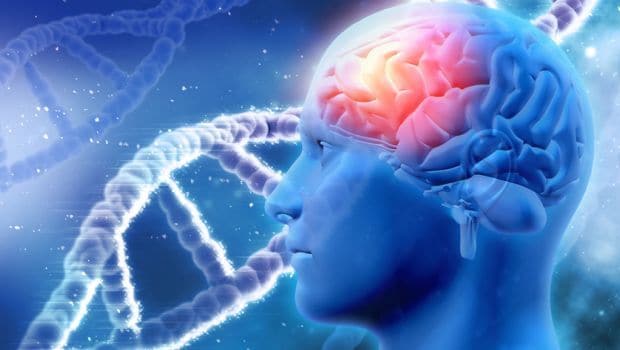It may sound shocking but there are different properties of electricity and a little zap could actually prove to be beneficial in medical treatment. Our brain consists of neurons, which are nothing but electrically charged cells that transmit messages through electrical and chemical signals. The researchers stated that applying a weak electrical current through the scalp can align different parts of the brain, synchronising brain waves and enabling people to perform better on tasks involving working memory.

"What we observed is that people performed better when the two waves had the same rhythm and at the same time," said lead author Ines Ribeiro Violante, a neuroscientist at the Imperial College London. "The hope is that it could eventually be used for patients with brain injury, or even those who have suffered a stroke or who have epilepsy," added Violante.
The team used a technique called transcranial alternating current stimulation (TACS) to manipulate the brain's regular rhythm in 10 volunteers. Using TCAS, the researchers targeted two brain regions -- the middle frontal gyrus and the inferior parietal lobule -- known to be involved in working memory.
The findings revealed that when the brain regions were stimulated in sync, reaction times on the memory tasks improved. Functional MRI images of the brain showed changes in activity occurring during stimulation, with the electrical current potentially modulating the flow of information.
"The results show that when the stimulation was in sync, there was an increase in activity in those regions involved in the task. When it was out of sync, the opposite effect was seen. The hope is that it could eventually be used for patients with brain injury, or even those who have suffered a stroke or who have epilepsy," said Violante.
The study was published in the journal eLife.










